LED Bulbs Set to Take Over Global Market
2011/01/10 | By CENSMost industrial economies will outlaw incandescent light bulbs, beginning in 2012
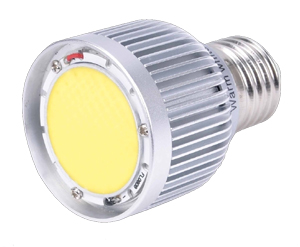
The century-old incandescent light bulb is approaching the end of its life, with governments all over the world setting deadlines for phasing out these energy-inefficient light sources. Most industrial economies will outlaw them, beginning in 2012.
Australia announced its ban on Feb. 20, 2007, setting 2010 as the year for starting to phase incandescent bulbs out of market. Taiwan announced a ban in 2010, determined to eradicate production of the bulbs in 2012. (See accompanying table)
When the bans on incandescent bulbs come into effect they will, of course, give a boost to sales of replacement light sources, including compact fluorescent lamps, light emitting diode (LED) bulbs, and organic LED lighting.
LED lamps are projected to enter into households mostly in the shape of globes. According to surveys released by the market consulting firm Topology Research Institute, the bulb look will remain the dominant design for household lamps until at least 2017, whether they are incandescent, compact fluorescent, or LED lamps.
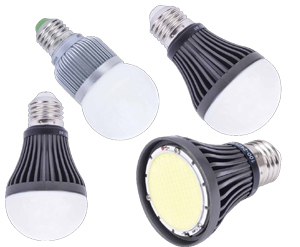
Topology notes that LED bulbs are still in the initial stage of development and will take some time to replace the lamps which are popular at present. It expects global growth in demand for LED bulbs to explode after 2014 and leap past the demand for fluorescent lamps four years later as technology improves and prices decline
During a forum on the LED lighting industry co-organized by the Bureau of Energy under the Ministry of Economic Affairs (MOEA) and the MOEA-backed Industrial Technology Research Institute (ITRI), T.H. Lin, director of ITRI's Industrial Economics and Knowledge Center (IEK), predicted that the global LED lighting market would reach a value of US$13.7 billion in 2013, following an annual average growth of 49% between 2008 and 2013.
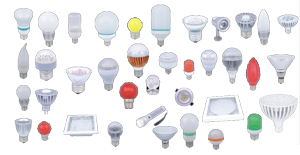
Lin noted that the replacement of incandescent bulbs by LEDs began to speed up in 2010, notably in Japan, where one out of five bulbs now uses LEDs. He believes that Europe will become the next hot market for LED bulbs, with studies indicating that the ban on incandescent bulbs will help boost the penetration of LED lighting there to 10% in 2013. This year, said Lin, Europe has an estimated 2.8 billion LED bulbs.
Noting the rapid adoption of LED bulbs in Europe and Japan, mainland China is working to promote exports of its LED lamps. The Fujian Wanban Optoelectronic Technology Co., for instance, shipped a total of US$18,773 worth of LED bulbs to Greece and Japan in July, shortly after making its first shipment of the products to Holland.
Compared with its previous models, Fujian Wanban's latest LED bulbs feature improved thermal dissipation and exterior design.
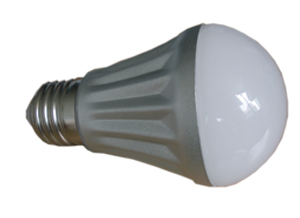
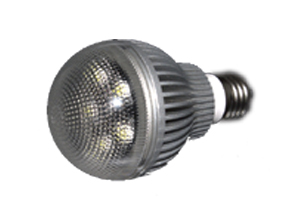
Even as LEDs gain ground in the bulb market, LED lamps are also quickly spreading in commercial applications, including outdoor, indoor, industrial, and display lighting. North America is currently the world's biggest market for commercial LED lighting, accounting for 40% of total sales. Europe makes up 33%, mainland China 21%, and Japan and the rest of the world 6%.
Schedule of Bans on Incandescent Bulbs
| Economy | Schedule | Plan |
| Australia | Halt production in 2009 and consumption in 2010 | Plan announced on Feb. 20, 2007 and regulations implemented to promote energy-saving replacements |
| Taiwan | Production ban starting in 2010 and phase-out of bulbs from the market in 2012 | Plan to initiate replacement of incandescent by LED in first-quarter 2009 |
| Japan | Halt production and sale of high-power incandescent bulbs by 2012 | Announced plan to replace incandescent bulbs with LED and fluorescent bulbs. Toshiba Lighting Co. decided to cease incandescent production by 2010 |
| U.S. | Ban sales of large incandescent bulbs in 2014 | Energy Independence and Security Act of 2007 requires replacement of 40W, 60W, 75W, and 100W incandescent bulbs by energy-saving lamps |
| Mainland China | Phase out all incandescent lamps in 10 years | National Development and Reform Commission cooperating with UNDP and GEF on energy-saving lighting project. Qingdao Development and Reform Commission ordered public and government buildings to stop using incandescent by 2010 |
| European Union | Halt sales of 100W incandescent bulbs in Nov. 2010 and prohibit all incandescent types in 2012 | Retailers prohibited from selling 150W incandescent bulbs in 2008 and 60W bulbs in 2009. British government to enforce rules favoring LED and fluorescent replacements in 2012. |
| South Korea | Incandescent to be phased out by the end of 2013 | Cut energy consumption by lighting to only 5% of national total, and get rid of most incandescent bulbs by 2013. |
| Canada | Incandescent lighting to be banned by 2012 | Ban announced on April 25, 2007 |




